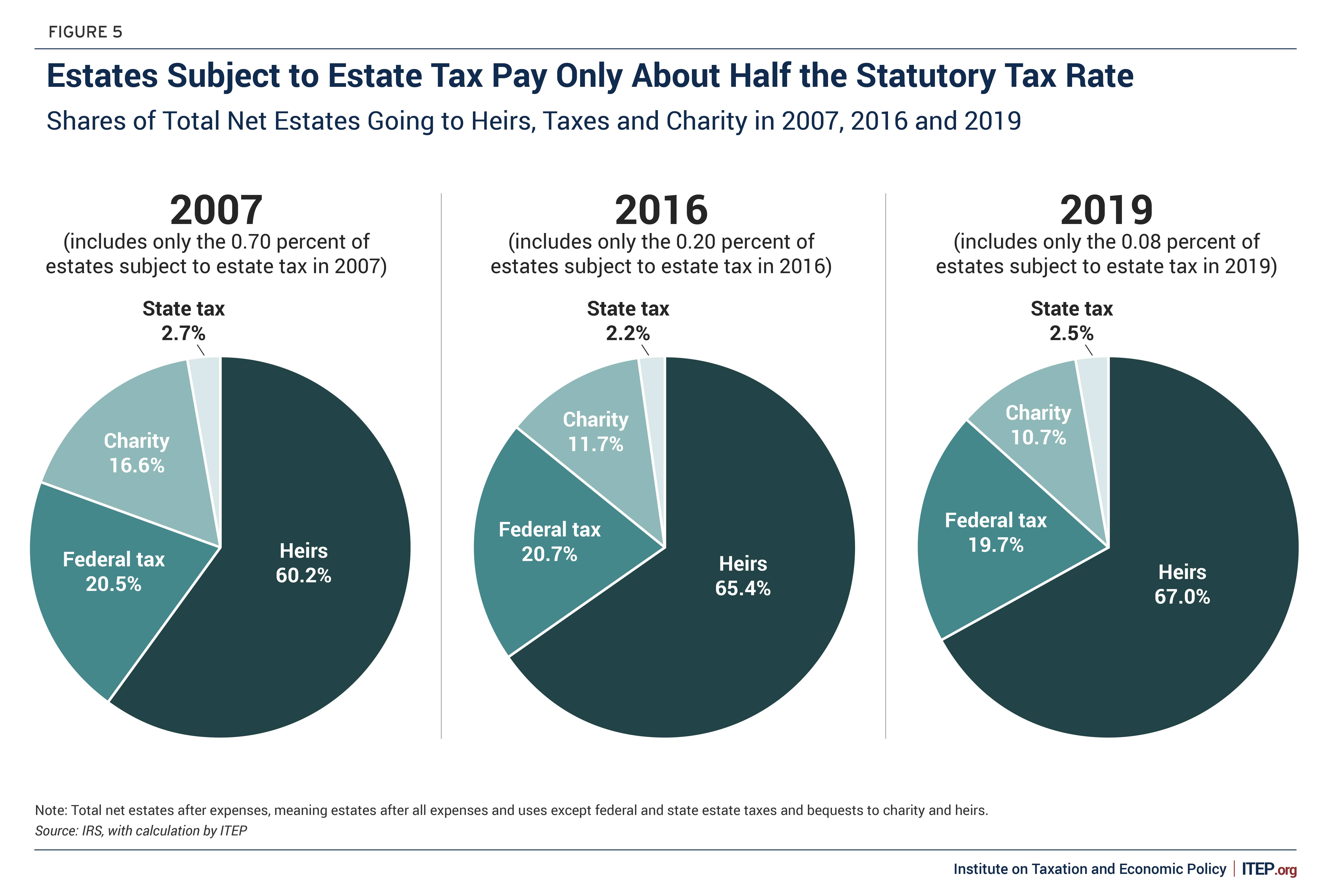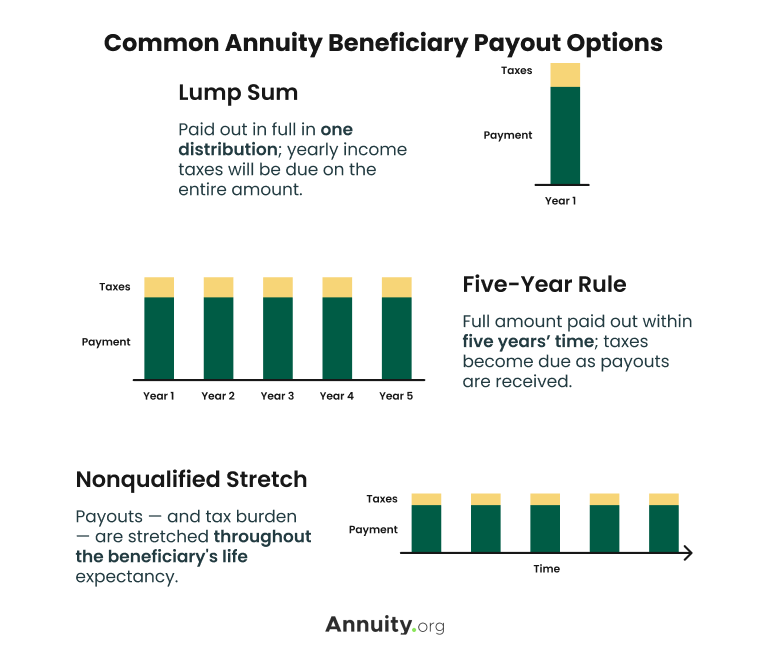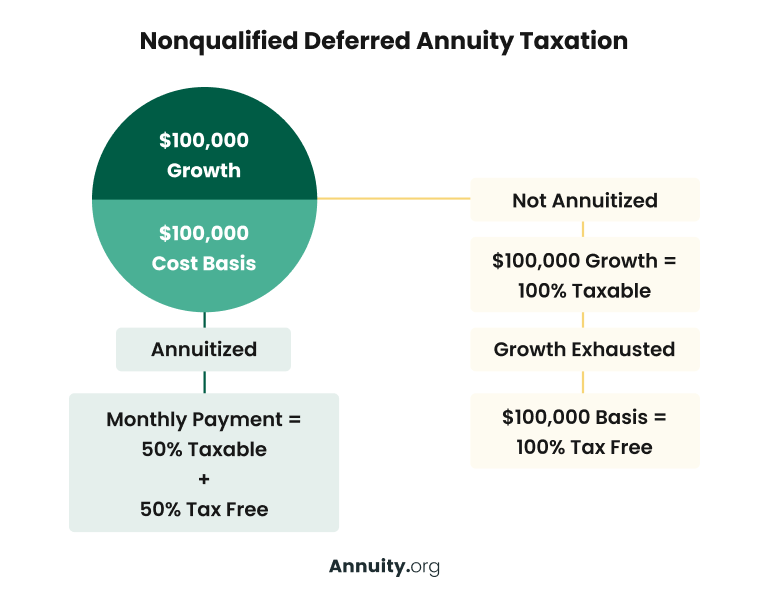All Categories
Featured
Table of Contents

Recognizing the various survivor benefit choices within your acquired annuity is essential. Very carefully evaluate the agreement details or consult with an economic consultant to figure out the particular terms and the very best method to wage your inheritance. Once you inherit an annuity, you have several alternatives for receiving the money.
In many cases, you may be able to roll the annuity right into an unique type of specific retirement account (IRA). You can pick to obtain the whole staying balance of the annuity in a single repayment. This choice provides prompt access to the funds however features significant tax consequences.

If the inherited annuity is a certified annuity (that is, it's held within a tax-advantaged pension), you could be able to roll it over into a brand-new pension. You do not need to pay tax obligations on the rolled over quantity. Recipients can roll funds into an inherited IRA, an unique account specifically developed to hold possessions acquired from a retirement.
Tax rules for inherited Immediate Annuities
While you can not make extra payments to the account, an acquired IRA offers a useful advantage: Tax-deferred growth. When you do take withdrawals, you'll report annuity revenue in the same way the plan participant would certainly have reported it, according to the IRS.
This choice supplies a steady stream of income, which can be helpful for lasting monetary planning. There are different payout options readily available. Usually, you should start taking distributions no greater than one year after the proprietor's death. The minimal amount you're needed to withdraw each year afterwards will certainly be based on your own life span.

As a recipient, you will not go through the 10 percent internal revenue service early withdrawal penalty if you're under age 59. Attempting to determine tax obligations on an inherited annuity can feel complicated, but the core principle focuses on whether the contributed funds were previously taxed.: These annuities are moneyed with after-tax dollars, so the recipient usually does not owe tax obligations on the original contributions, yet any type of profits gathered within the account that are dispersed go through average earnings tax.
Tax consequences of inheriting a Guaranteed Annuities
There are exemptions for spouses who acquire qualified annuities. They can generally roll the funds right into their own IRA and postpone taxes on future withdrawals. Regardless, at the end of the year the annuity business will file a Kind 1099-R that demonstrates how a lot, if any, of that tax obligation year's distribution is taxable.
These tax obligations target the deceased's complete estate, not just the annuity. These tax obligations typically only influence really large estates, so for a lot of heirs, the emphasis ought to be on the revenue tax implications of the annuity.
Retirement Annuities and beneficiary tax considerations
Tax Obligation Therapy Upon Fatality The tax obligation therapy of an annuity's death and survivor benefits is can be rather made complex. Upon a contractholder's (or annuitant's) fatality, the annuity may undergo both revenue tax and estate tax obligations. There are various tax therapies relying on who the beneficiary is, whether the proprietor annuitized the account, the payout method picked by the beneficiary, and so on.
Estate Taxes The federal estate tax is a very modern tax (there are numerous tax obligation brackets, each with a higher price) with prices as high as 55% for really huge estates. Upon death, the internal revenue service will include all residential or commercial property over which the decedent had control at the time of death.
Any type of tax obligation over of the unified credit scores schedules and payable 9 months after the decedent's fatality. The unified debt will fully sanctuary fairly modest estates from this tax. So for lots of clients, estate taxes may not be a crucial concern. For larger estates, nonetheless, inheritance tax can impose a large problem.
This conversation will concentrate on the inheritance tax treatment of annuities. As held true during the contractholder's lifetime, the internal revenue service makes a vital difference in between annuities held by a decedent that are in the build-up phase and those that have actually gotten in the annuity (or payout) stage. If the annuity remains in the buildup stage, i.e., the decedent has not yet annuitized the contract; the full death benefit guaranteed by the agreement (consisting of any kind of enhanced death benefits) will be included in the taxed estate.
Inherited Annuity Cash Value tax liability
Instance 1: Dorothy owned a fixed annuity agreement provided by ABC Annuity Firm at the time of her death. When she annuitized the agreement twelve years ago, she chose a life annuity with 15-year duration particular. The annuity has actually been paying her $1,200 each month. Given that the agreement assurances payments for a minimum of 15 years, this leaves three years of repayments to be made to her child, Ron, her designated beneficiary (Annuity payouts).

That value will be consisted of in Dorothy's estate for tax objectives. Upon her fatality, the repayments stop-- there is nothing to be paid to Ron, so there is absolutely nothing to consist of in her estate.
2 years ago he annuitized the account choosing a lifetime with money refund payment option, calling his daughter Cindy as beneficiary. At the time of his fatality, there was $40,000 primary continuing to be in the agreement. XYZ will certainly pay Cindy the $40,000 and Ed's administrator will include that amount on Ed's estate tax obligation return.
Because Geraldine and Miles were married, the advantages payable to Geraldine stand for property passing to a surviving partner. Guaranteed annuities. The estate will certainly be able to make use of the unrestricted marriage deduction to prevent taxation of these annuity advantages (the worth of the benefits will be detailed on the estate tax kind, in addition to an offsetting marriage reduction)
Deferred Annuities and inheritance tax
In this instance, Miles' estate would include the worth of the remaining annuity payments, yet there would certainly be no marital deduction to balance out that incorporation. The exact same would apply if this were Gerald and Miles, a same-sex pair. Please note that the annuity's continuing to be value is established at the time of fatality.

Annuity contracts can be either "annuitant-driven" or "owner-driven". These terms refer to whose death will certainly cause repayment of fatality benefits.
Yet there are scenarios in which a single person possesses the contract, and the determining life (the annuitant) is somebody else. It would behave to assume that a particular contract is either owner-driven or annuitant-driven, however it is not that straightforward. All annuity contracts provided given that January 18, 1985 are owner-driven because no annuity contracts provided since then will be granted tax-deferred status unless it consists of language that triggers a payout upon the contractholder's fatality.
Table of Contents
Latest Posts
Understanding Fixed Index Annuity Vs Variable Annuity A Comprehensive Guide to Variable Vs Fixed Annuity Breaking Down the Basics of Investment Plans Benefits of Annuity Fixed Vs Variable Why What Is
Decoding Annuities Fixed Vs Variable Everything You Need to Know About Fixed Vs Variable Annuity Pros Cons What Is the Best Retirement Option? Benefits of Choosing the Right Financial Plan Why Choosin
Decoding How Investment Plans Work A Closer Look at How Retirement Planning Works What Is the Best Retirement Option? Pros and Cons of Fixed Annuity Vs Variable Annuity Why Choosing the Right Financia
More
Latest Posts